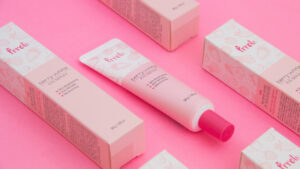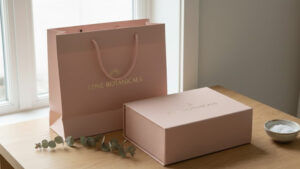Last Updated on November 20, 2023 by Packoi Team
Book printing requires you to make technical decisions. After you’ve done all the creative thinking to complete the content, it’s time to make technical choices, like what type of paper you’ll use for printing.
Paper varies depending on its weight, composition, and finish. Make sure you know what your options are so you can choose the right paper that’ll bring your book to life.
In this article, you’ll read about the importance of choosing paper for book printing and the factors you have to consider to make the right choice.
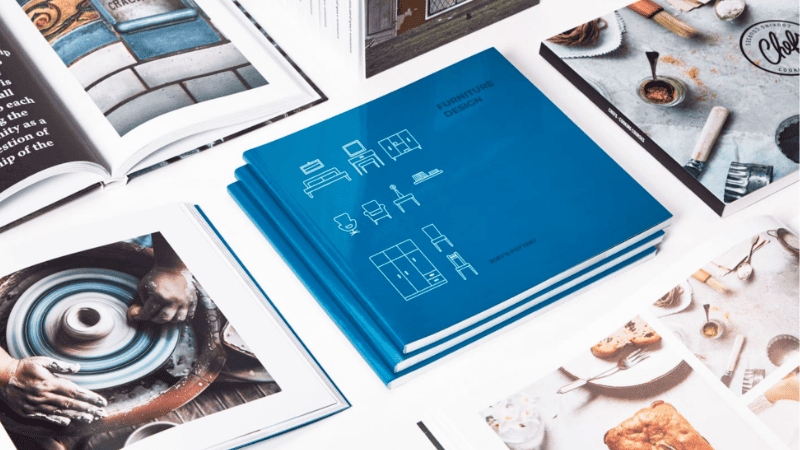
Importance of Choosing the Right Paper for Your Book
The choice of printing paper has a great influence on the reader’s experience with your book. It’s not just the visuals of the printed text and images. It’s also about how the reader will feel as they turn every page.
There’s no standard type of paper for printing. There are several paper stocks to choose from.
This is why, when you’re searching for the right paper type, make it specific to books. Not only that, you have to be specific with what you want to print.
For instance, photo books use thicker paper compared to poetry books. You should also choose a more expensive paper.
The book cover printing and the interior pages will also use a different type of paper.
These are only a few of the reasons why you should take the time to know what your paper choices are for your printing project.
3 Major Considerations When Choosing a Book Paper
There are many types of paper. To know which one suits your book requirements better, you need to look at 3 important considerations.
- The first is the finish of the paper. This paper type comes in two forms: coated and uncoated paper. This will affect the final look of the printed text or images.
- The second is the color. Paper doesn’t just come in white. Its natural color is different, so bleaching is required to make it look white. The color of the paper can mute the ink as it dries on the page.
- The third consideration is weight. This is typically measured in GSM or grams per square meter. There are printers or paper stock suppliers who measure it in pounds (# or lbs).
If you look at the book cover or the inner pages, you’ll notice that the thickness of the paper varies. That’s the weight. You can either choose heavy-coated paper (with a matte finish) or lightweight paper.
Choose the Book Paper: Which Is Best for You?
The finish of book paper can either be coated or uncoated. The specific paper you choose will impact the vividness of the colors and images printed on it, except when it’s toner-based.
Toner-based printers give the same quality of printing regardless of whether the paper is coated or uncoated.
1. Coated Paper
Coated paper is actually gloss-coated paper. That means it has a certain level of shine on the surface.
This is caused by a mixture of different materials, usually polymers. It covers the surface of the paper to give it a shiny or glossy finish.
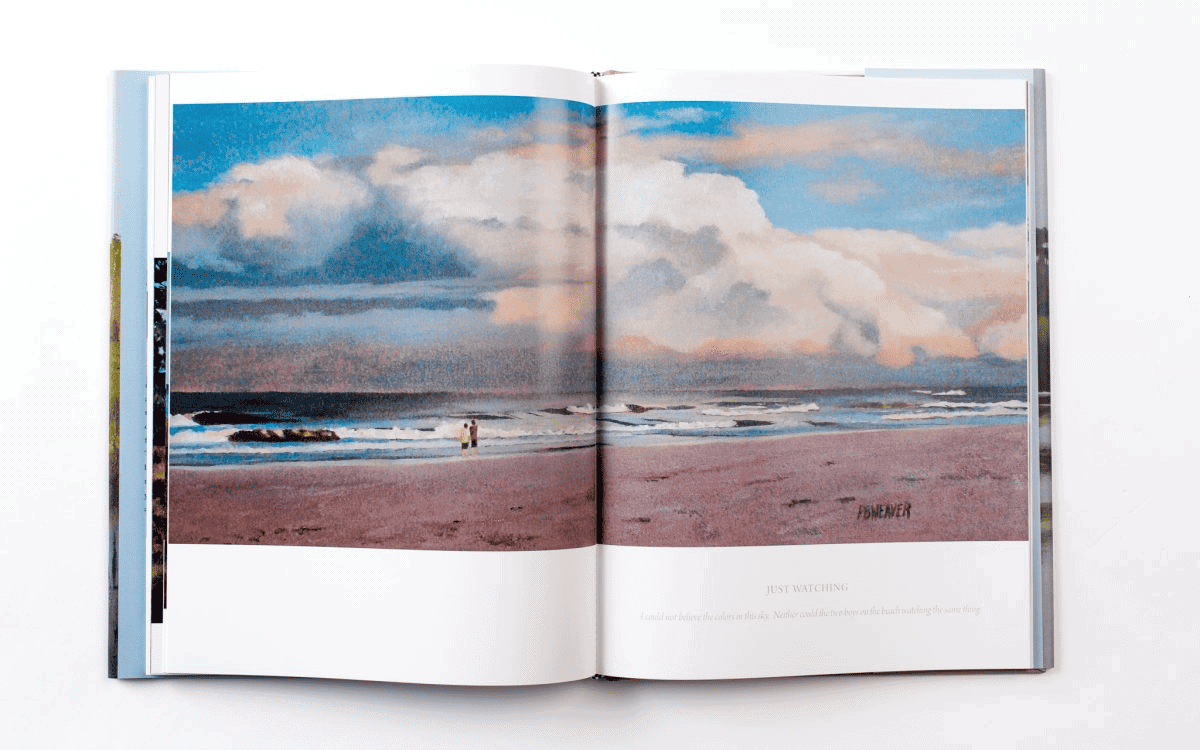
This glossiness can come in varying levels. This gives papers different textures. It could have a waxier surface or a more porous one.
This makes it hard to write on coated paper, specifically when using ballpoint pens or pencils.
When the paper surface has a dull coating, it doesn’t give off a reflective finish. Another name for this is silk. This results in a softer look to the paper. It also feels softer.
When the paper gives off a reflective finish, that’s the glossy type. This is better if you want to make colors or images look more vivid. This type of paper is ideal for art books, children’s books, or even photography books.
2. Uncoated Paper
The uncoated paper for the book looks more matte than glossy. It doesn’t have the same mixture on its surface to make it look shiny.
Since there’s no cover, the natural fibers of paper can absorb ink really well. This means readers can write on the edge of the books if they want to.
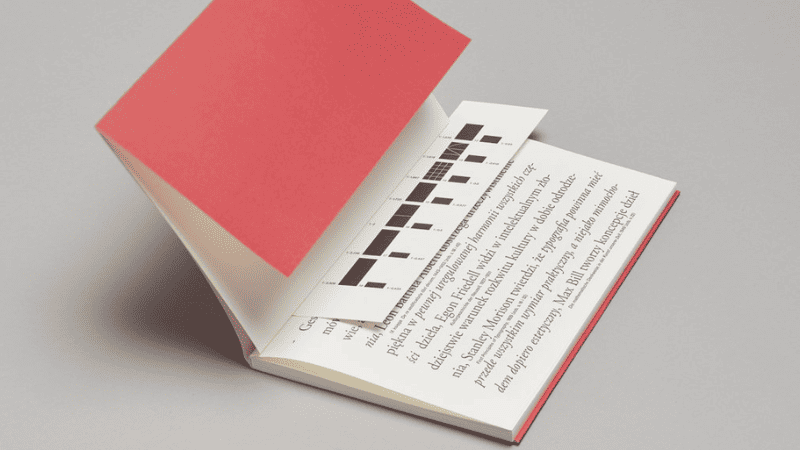
Although it isn’t glossy, that doesn’t mean all uncoated papers are textured. There is also smooth, uncoated paper. This will make your printing look vivid, but probably not as striking as when you use coated papers.
This is why it’s important to specify your preference when you talk to the book printer.
3. Other Paper Coatings
Apart from coated and uncoated, there are specialty coatings that have become popular over the years. It gives off a great visual effect that you might want to use for your books.
Among these are the following:
- Aqueous coating. This can come in a high-gloss or matte finish and feels like satin to the touch. This provides outstanding protection for every page of your book. It’s water-based and good for the environment as well.
- UV coating (or Soft-Touch). This can change the look and feel of every page of your book. It’s applied to paper when it’s in a wet state and then dried using ultraviolet light. This can protect the pages from tears, scratches, and even fingerprints. It can also enhance the color of the ink on the book pages.
- Varnish. This is applied to the paper when there’s a need to protect a portion of the page or highlight important details.
How Do I Choose?
It might seem like choosing coated paper is ideal because it makes the printing look more alive compared to the uncoated one.
But you have to know that coated paper has its drawbacks.
For one, you can’t use it for softcover book binding. It doesn’t react well to the stickiness of the standard adhesive that they use. If you want to insist, you need to use a more costly PUR adhesive. That means your book costs will go higher.
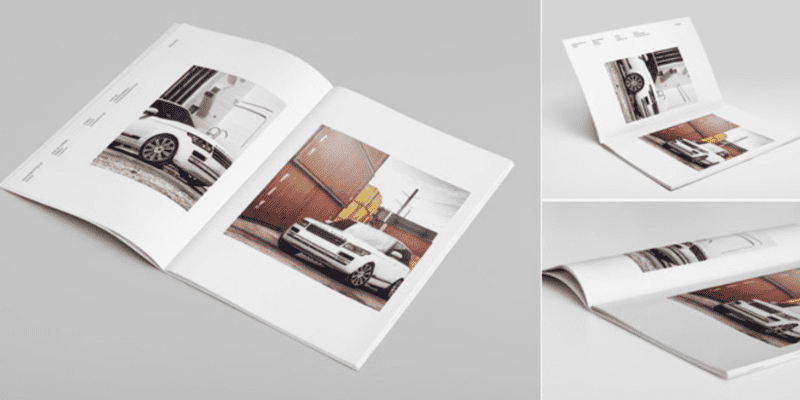
Not only that but the added mixture that makes the surface look glossy is heavy. That means using coated pages will make your book 30% heavier compared to uncoated paper.
This makes everything about your book cost a lot more than it should. Not to mention, it may look off when the added weight is felt by the readers. It could even feel awkward when the readers feel the glare of the light because of the reflective pages caused by the polymer coating.
Because of all these factors, you have to consider whether the coated paper is the right one to choose. The expense may not be justified, especially if all you’ll need is a toner-based printer.
The look will be the same anyway, so why not go for the cheaper and uncoated option?
Besides, uncoated paper is a common choice for paperbacks, softcovers, and text-based books that don’t have colored images (or minimal ones).
So if your book is going to be a novel, textbook, or journal, you’re okay with using uncoated paper. This will also allow your readers to take notes along the sides of the book pages.
But if you are doing art books, coffee table books, or photo books, you have to invest in coated paper. Just be mindful of the number of pages so it doesn’t feel too heavy.
Keep in mind that uncoated paper comes in various textures as well. So feel free to choose a smoother one if that’s what you prefer.
Choose the Color of the Book Paper: White or Natural Paper
A lot of people assume that white is the natural color of paper. It’s not. In fact, you have to bleach wood pulp so it lightens in color before it is manufactured as paper.
Not only that, but the paper doesn’t come in just one color. It comes in white or natural/cream paper. The bleaching process happens differently to produce different colors.
Why do you have to care about the color of the paper?
Because the color will affect the brightness and sharpness of the print.
And chances are, the book printing company will offer both colors for your page options. So you have to know what the difference is between the two so you can make the right choice.
1. White Paper
When it comes to the color of your book paper, white seems like the obvious choice. But don’t get ahead of yourself. There are things you have to know about white paper before you choose it for your book.

First of all, when we say white, it’s like the typical bond paper that you use in your home printer. Textbooks and reference books typically use white paper because white provides the best contrast to make black ink more visible.
However, there are reviews saying that white paper can make a book look like it wasn’t printed by a professional. So if that’s important to you, then going for white paper might not be the best option for you.
But if you want the black and color printing to pop, using white book paper is the right option. You can choose it for photography books.
2. Natural Paper
The natural paper looks like cream or warm white. It only goes through minimal bleaching, so it’s not as pristine-looking as white paper.
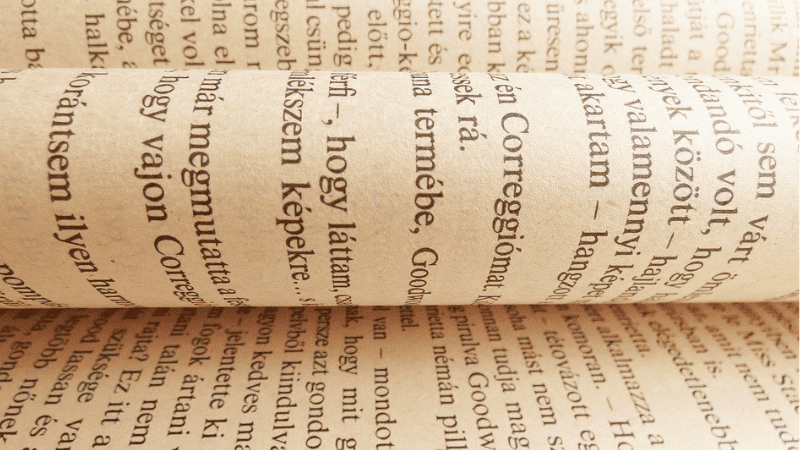
Usually, authors use this to make the visuals on the book pages appear softer. White can be a bit glaring and can feel like you’re reading a textbook.
Not only that, the cream-colored paper gives a historical feeling that novels and books might want their readers to experience. It’ll make readers feel at ease while they consume the pages of the book. This is probably why authors want to use this color for their papers.
How to Choose Between the Two?
Plant cells where the paper stock comes from contain lignan. This breaks down over time, especially when exposed to light and heat, making the paper acidic. This causes the paper to look yellowish and more brittle.
If you can find acid-free paper, that’ll protect the original color.
Also, the general rule is that the brighter the whiteness of the paper, the easier it is to reach the type of color and print that you want. That’s because cream paper tends to mute the ink as it dries on the page.
Since whiter paper produces a shaper and brighter print, it’s perceived to be the best paper stock. The printed images and text will be more vivid and will look more expensive. This makes it a great option for books with a lot of photos, illustrations, symbols, graphs, and colorful images.
However, if you want your readers to feel nostalgic while reading, opt for natural paper. This makes it ideal for novels, text-heavy books with minimal images, and bibliophiles or historical books.
Any book that’s read for leisure uses the natural page color. It makes readers feel more relaxed and at ease while reading.
The Weight of the Book Paper: Coated or Uncoated Paper

The weight of the paper varies depending on where you intend to use it in the book.
The thicker paper type is usually reserved for cover pages, while thinner ones are for the inner pages. However, you have to consider what will be printed on the paper and the number of pages before you finalize the weight.
If you intend to print a text-heavy book with a lot of pages, you want to choose lightweight paper. But if it’s a children’s book, you want to consider using a board book; a board book is not easy to tear off.
1. Coated Papers
This paper type is mostly for books that have a lot of images, photos, and illustrations. But there are still specific recommendations when you’re choosing the specific paper weight, gsm.
- 115gsm (matte or glossy). This is the lightest paperweight. It’s great for books with a lot of pictures and over a hundred-page count. This is great for low-cost premium books and non-fiction books.
- 130gsm (matte or glossy). This isn’t recommended for books with a page count that exceeds 100. This is great for children’s books or those with a lot of illustrations and photographs.
- 150gsm (matte or glossy). This is ideal for books with mostly colored prints and images. Since the page weight is heavier, this should strictly be for books with less than 100 pages. Examples of these books are photobooks and premium books.
- 170gsm (matte or glossy). This is usually the thickest paper offered for books. It’s considered quite premium in quality as well. It’s also quite tough, so you can expect a more durable book if you use these pages. These are also ideal for children’s books and photobooks.
Paper that has a higher GSM than those listed may be closer to being a board book, so that’s going to be classified as a different paper stock.
2. Uncoated Papers
The uncoated paper type is usually lighter in weight compared to the coated paper. You can use uncoated paper for books that have a huge page count. It won’t make the book too heavy, despite the number of pages.
Here are the different GSMs for uncoated paper.
- 80gsm (Opaque). This is plain, smooth, and white in color. This is the most cost-efficient option. But it’s not ideal if the book requires heavy printing on both sides.
- 80gsm (Off-White). This is ideal for novels. It’s not as smooth as the opaque paper, so the texture might make the book a bit bulkier. This is more cream in color than white, but it can pass as the latter when you don’t compare it. This is best for any black-and-white printing.
- 80gsm (Cream). This isn’t smooth as well, and it is noticeably creamier compared to the previous one. This is the ideal option for novels because of the softer color. It’ll also feel more traditional because a lot of books read for leisure use this.
- 100gsm (Opaque). This is also plain, smooth, and the whitest of the other colors. It looks more premium than the 80gsm. This is ideal for premium poetry or non-fiction books. Although it isn’t coated, the smoothness of the paper makes it ideal for printed illustrations, graphics, artwork, and various images.
- 100gsm (Recycled). This is just like the opaque paper, but not as smooth nor as white. This recycled paper is great for adding premium quality to a book. And you have the added appeal of being eco-friendly with your paper option.
Paper Type for Book Covers
The book cover is also a consideration that you should finalize before printing a book. Ideally, the cover should be thicker than the inner pages.
The majority of the book covers use coated paper that’s 240 gsm thick. It’s oftentimes laminated again after printing. The lamination of the paper stock makes it thicker and heavier than 240 gsm.
If a dustjacket is needed, 115 grams is enough for coated paper. Like the book cover, this is laminated as well.
The lamination of the book cover can come in 2 forms: matte and glossy.
Do You Need a Recommendation for Your Book Paper? Let Packoi Printing Help You.
Consider the paper features as discussed in this article and choose the best one that suits your vision for your book.
You should also consider how many copies you’ll be printing and the number of editions. That should give you an idea of how much you can spend on the printing of the book.
If you need help, especially in calculating the costs involved, let Packoi Printing be of assistance. Give us the details of your book so we can give you a fair quote.


